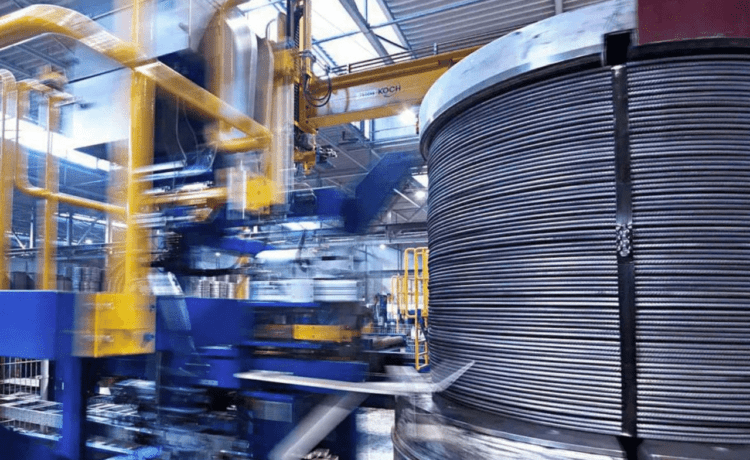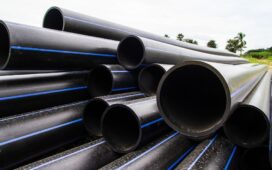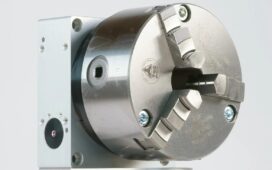In today’s fast-paced business environment, efficiency and productivity are paramount. For companies involved in packaging, shipping, and logistics, investing in the right equipment can make a significant difference in streamlining operations and reducing costs. One such essential piece of equipment is the strapping machine. However, with various types and models available in the market, choosing the right one for your business can be a daunting task. This guide aims to simplify the process and help you make an informed decision.
Understanding Your Requirements
Before diving into the specifics of different strapping machines, it’s crucial to assess your business’s needs and requirements. Consider factors such as:
- Volume: Determine the volume of packages or products that need strapping on a daily or weekly basis.
- Package Size and Weight: Take into account the size and weight range of your packages as this will influence the type and specifications of the strapping machine.
- Type of Strapping: Decide whether you need plastic strapping, steel strapping, or polyester strapping based on the application and durability required.
- Automation Level: Evaluate whether manual, semi-automatic, or fully automatic strapping machines align with your operational needs and budget.
Types of Strapping Machines
- Manual Strapping Machines: Ideal for low-volume operations, manual strapping machines require operators to feed the strap around the package manually and then use a hand tool to tension and seal the strap. These machines are cost-effective and suitable for businesses with limited strapping requirements.
- Semi-Automatic Strapping Machines: Suited for medium to high-volume applications, semi-automatic machines automate the tensioning and sealing process, reducing operator fatigue and increasing efficiency. They are versatile and can handle various package sizes and types of strapping.
- Automatic Strapping Machines: Designed for high-volume production lines, automatic strapping machines offer fully automated operation, from feeding the strap to tensioning, sealing, and cutting. These machines are incredibly efficient, significantly reducing labor costs and increasing throughput. However, they require a higher initial investment and regular maintenance.
Key Features to Consider
When evaluating different strapping machine models, consider the following key features:
- Strap Tension and Strength: Ensure that the machine can apply the appropriate tension and use strapping materials that meet the strength requirements for your packages.
- Strap Width and Thickness: Choose a machine that supports the strap width and thickness suitable for your application to ensure secure and reliable strapping.
- Speed and Throughput: Assess the machine’s strapping speed and throughput capacity to match your production requirements and avoid bottlenecks in the packaging process.
- Ease of Operation and Maintenance: Look for machines that are user-friendly and require minimal maintenance to keep downtime to a minimum and ensure optimal performance.
- Safety Features: Prioritise machines with safety features such as emergency stop buttons, safety guards, and automatic jam detection to protect operators and prevent accidents.
Cost Considerations
While cost is undoubtedly a significant factor, it’s essential to weigh the upfront investment against long-term benefits such as increased productivity, reduced labor costs, and improved efficiency. Consider the total cost of ownership, including maintenance, repairs, and consumables, to make a more informed decision.
Conclusion
Choosing the right strapping machine for your business requires careful consideration of your operational requirements, the type of packaging materials used, and budget constraints. By understanding the different types of strapping machines available and evaluating key features and cost considerations, you can invest in a machine that enhances productivity, improves efficiency, and ultimately contributes to the success of your business operations.







